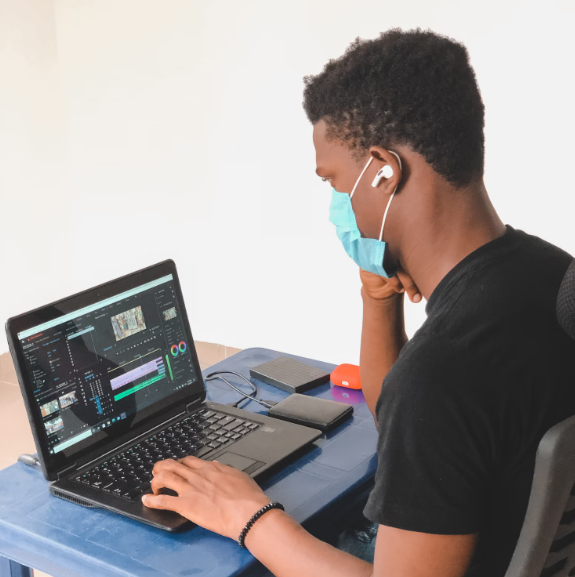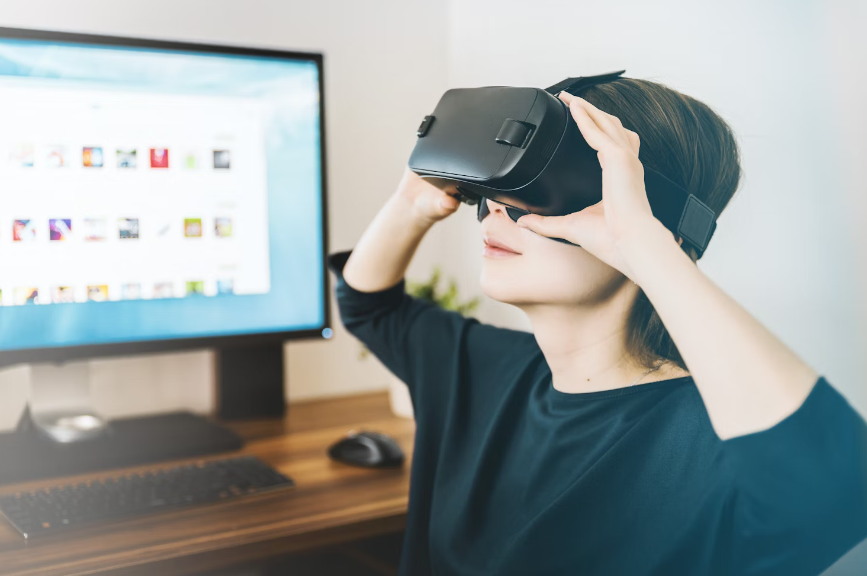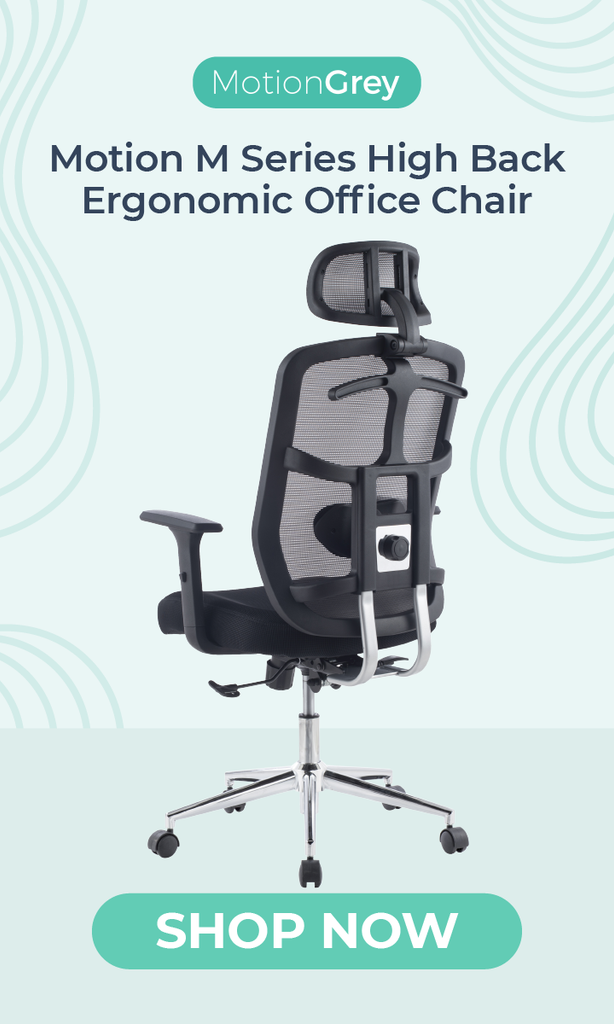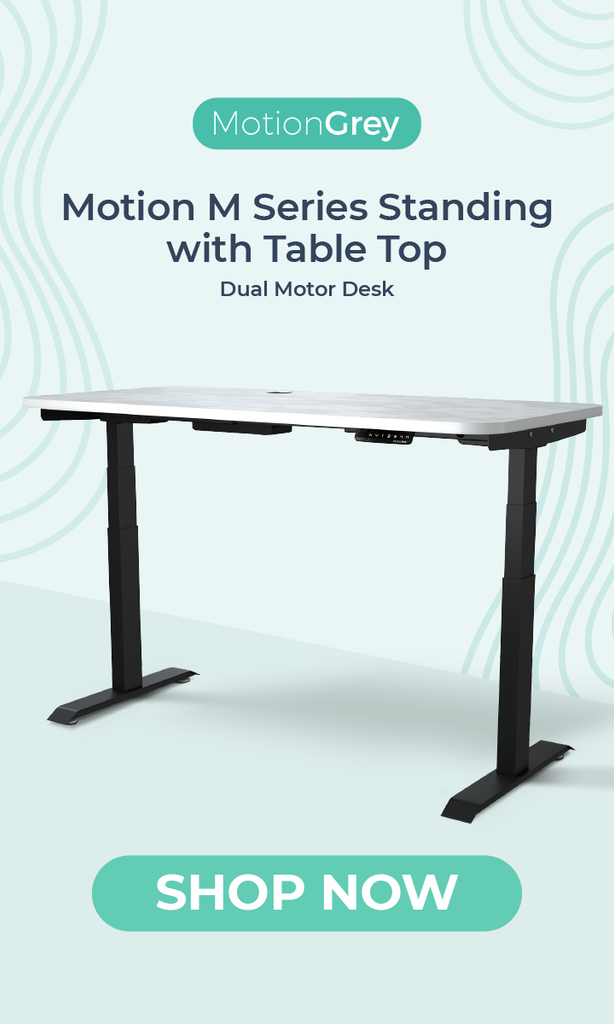Technological Solutions for Mitigating Turtleneck Syndrome: Innovations in Ergonomic Design and Digital Wellness Tools
In a world where our lives are increasingly intertwined with digital devices, a silent epidemic is silently brewing: text neck syndrome or turtleneck syndrome.
Have you ever found yourself hunched over your smartphone for hours on end, only to be met with aching neck and shoulders later? If so, you're not alone.
According to a recent study published in the Journal of Medical Internet Research, over 70% of smartphone users report experiencing neck pain attributed to excessive device usage.

Renowned physiotherapist Dr. Jane Smith emphasizes, "Prolonged neck bending while using smartphones or tablets can lead to severe strain on the cervical spine, contributing to text neck syndrome or turtleneck syndrome."
Text neck syndrome, also known as tech neck, is a modern condition characterized by the strain and discomfort in the neck and shoulders caused by prolonged use of digital devices, particularly smartphones and tablets.
The term "text neck" originated from the repetitive bending of the neck while using these devices, often to view screens held at a downward angle.
This posture places excessive stress on the spine and surrounding muscles, leading to a range of symptoms and potential long-term consequences.
Symptoms of turtleneck syndrome typically include:
- Neck pain or stiffness
- Shoulder pain
- Upper back pain
- Headaches
- Reduced mobility
Long-term consequences of untreated turtleneck syndrome may include:
- Degenerative changes
- Muscle imbalances
- Nerve compression
- Structural changes
- Chronic pain
As this condition becomes increasingly prevalent, innovators in the technology sector have been working diligently to develop solutions that address text neck syndrome or turtleneck syndrome and to help fix turtle neck.

Modern Solutions to Turtleneck Syndrome
From ergonomic device accessories to posture-monitoring apps and virtual reality rehabilitation programs, let's explore the technological innovations to reduce the risk of turtleneck syndrome.
Ergonomic Device Accessories
One of the primary causes of turtleneck syndrome is poor ergonomics associated with our devices. A study conducted by researchers at a renowned university found that the prevalence of neck pain was relatively high and was associated with using mobile phones for more than six hours a day and the body position while using these electronic devices. Traditional smartphones and tablets require users to bend their necks downward to view the screen, placing considerable strain on the spine. To counteract severe turtle neck syndrome, companies have begun designing ergonomic accessories that promote healthier device usage.
Ergonomic phone stands and tablet holders are among the most popular accessories ion the market. These stands elevate the device to eye level, reducing the need for users to hunch over. Additionally, some stands offer adjustable angles, allowing users to customize their viewing experience further. By encouraging a more neutral neck position, these accessories help alleviate strain on the neck muscles and prevent severe turtle neck syndrome.
Another innovative solution is the development of ergonomic keyboards and mice. These peripherals are designed to promote proper wrist and arm alignment, reducing the likelihood of developing musculoskeletal issues associated with prolonged typing and mouse usage. Features such as split keyboards, adjustable tilt, and wrist rest contribute to a more comfortable and ergonomic computing experience, ultimately reducing the risk of turtleneck syndrome.
Lastly, standing desks have risen in popularity in the workplace because they do not only encourage movement but also allows for constant posture correction. The adjustability of these desks also helps prevent incorrect alignment with your laptop or PC screen, so you can work without having to strain your neck.

Posture-Monitoring Apps
In the era of smartphones, there truly is an app for everything, including improving posture and preventing severe turtle neck syndrome.
So what do these apps do? Well, posture-monitoring apps utilize the built-in sensors of smartphones to track users' posture throughout the day. These apps provide real-time feedback, notifying users when they are exhibiting poor posture and prompting them to make adjustments accordingly.
Some posture-monitoring apps also offer guided exercises and stretching routines designed to counteract the effects of prolonged device usage. These apps strive to make posture correction engaging and rewarding by incorporating gamification and social features. Users can set goals, earn rewards, and compete with friends, fostering accountability and motivation to maintain proper posture habits. It’s a fun way of addressing conditions like the turtleneck syndrome.
Virtual Reality Rehabilitation Programs
Virtual reality (VR) technology is revolutionizing the field of physical therapy and rehabilitation, and turtleneck syndrome is no exception. A case handled by researchers investigated the effectiveness of VR-based exercises in improving neck muscle strength, flexibility, and overall functional outcomes in preventing severe turtle neck syndrome.
The use of immersive virtual reality (VRi) in this case was found to help alleviate pain by diverting the patient’s attention away from the pain. This is believed to be the psychological effect of being immersed in the virtual space created by VR technology, which can reduce pain.
Similar studies also show how VR can change the patient’s perception due to the focus of attention on the external environment. Additionally, the VR program can create a relaxing atmosphere that may positively affect the patient’s emotional state, thereby reducing their perception of pain.
Virtual reality rehabilitation programs offer immersive experiences that can help users rehabilitate and strengthen their neck and upper back muscles. These programs typically consist of interactive exercises and simulations designed to improve posture and alleviate neck pain to prevent severe turtle neck syndrome.
Users wear VR headsets and engage in virtual scenarios that mimic everyday activities while focusing on proper body mechanics. By incorporating gamified elements and progress tracking, VR rehabilitation programs make the process of neck rehabilitation engaging and effective.

In conclusion, technological innovations are playing a crucial role in mitigating severe turtle neck syndrome and promoting digital wellness. From ergonomic device accessories to posture-monitoring apps and virtual reality rehabilitation programs, these solutions address the root causes of turtleneck syndrome and empower users to adopt healthier device usage habits. As technology continues to evolve, we can expect to see further advancements in this field, ultimately leading to a healthier and more comfortable digital experience for all.
About Us
MotionGrey is a Canadian standing desk company that specializes in ergonomic furniture. We supply and install only the best quality standing desks and ergonomic chairs in the country. We offer free shipping within Canada and the US.
What made you switch to standing desks? Our products are designed with wellness as the focal point. From our electric standing desks to our office and gaming chairs, we deliver best value by putting your health, safety, and comfort as top priority. Boost your creativity and level up work performance. We want you to create great outcomes so we’re providing you only the best tools to make them possible.
If you are not satisfied with your purchase, check out our Refund Policy.





